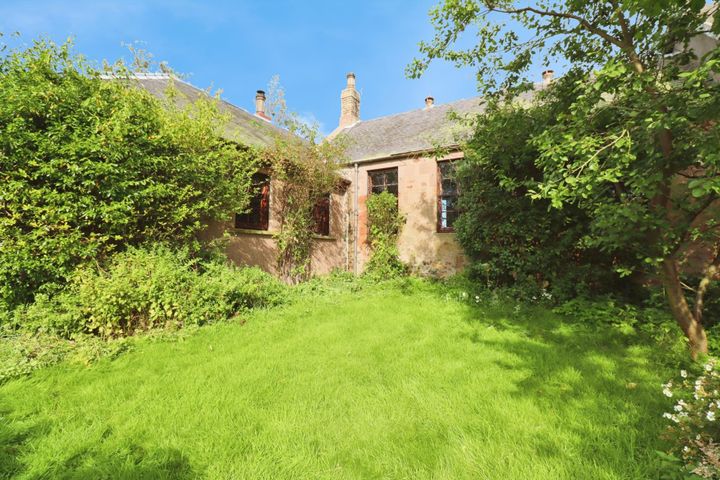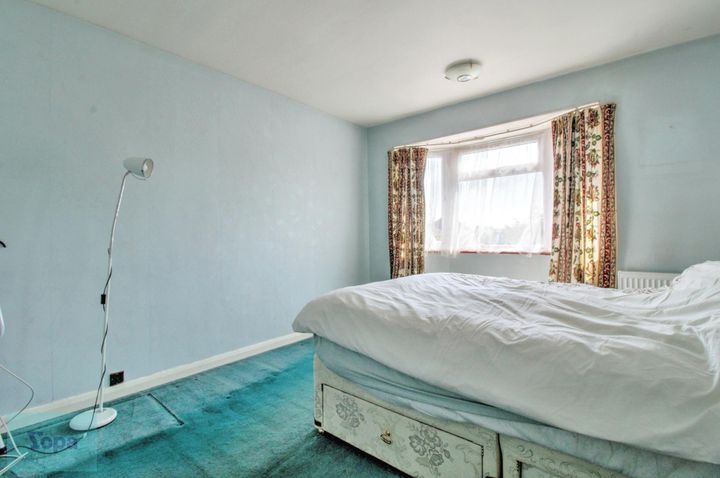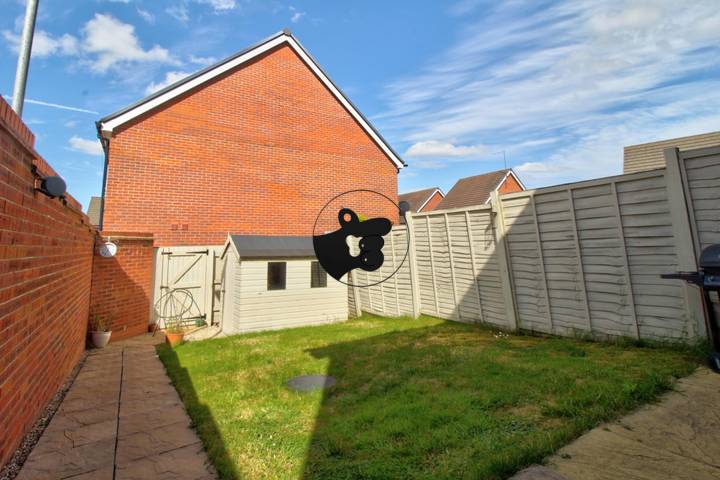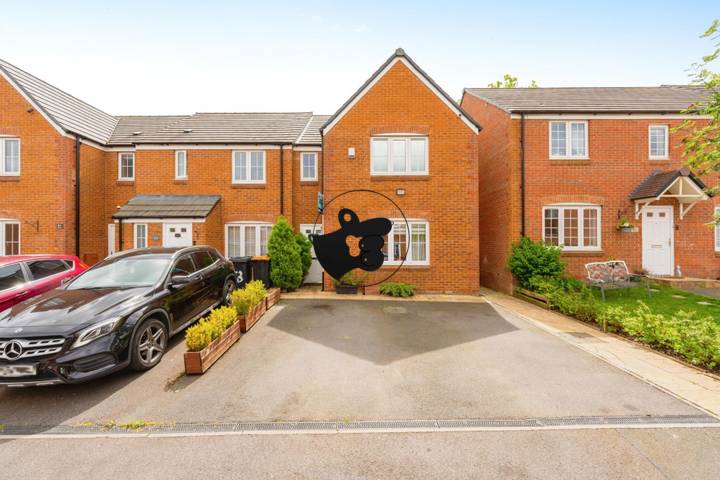Real estate prices in Dunstable tend to be competitive when compared to nearby areas such as Luton and Toddington. As of late 2023, the average house price in Dunstable hovers around £300,000, which is generally higher than Luton, where averages can be closer to £275,000. Conversely, Toddington often sees prices that range significantly higher, sometimes pushing up to £400,000 or more due to its picturesque countryside setting and commuting links. Additionally, property types can influence pricing; for instance, new developments in Dunstable often attract premium prices due to modern amenities and efficient layouts. Dunstable's position as a commuter town also plays a role in its property pricing dynamics, making it more attractive to those working in London but seeking affordable homes in an accessible location.
Dunstable
Location
Price Range
Any price
Price Range
Minimum
No min
Maximum
No max
Property type
Show all
Property type
Show all
House
Apartment
Building
Other
Bedrooms
Any beds
Bedrooms
Minimum
No min
Maximum
No max
Surface Range
Any surface
Surface Range
Minimum
No min
Maximum
No max
Sale type
For sale
Sale type
Show all
To rent
For sale
Location
Apartments and houses for sale in Dunstable
6 results
Recent
Dunstable insights
| Aspect | Summary |
|---|---|
| Population | 34,000 (approx.) |
| Average Property Price | £350,000 |
| Rental Yield | 4.5% |
| Average Rent | £1,400/month |
| Occupancy Rate | 95% |
| Capital Growth Rate | 3% per year |
| Property Tax | 1% of property value |
| Transaction Costs | Approx. 3-4% of property price |
| Expected ROI | 6-7% annually |
| Economic Growth Impact | Steady growth due to local employment opportunities |
Dunstable FAQ
Are real estate prices in Dunstable higher compared to nearby areas?
What factors influence real estate prices in Dunstable?
Real estate prices in Dunstable are influenced by a variety of factors, including location, local amenities, and market trends. Being situated just a few miles from Luton, Dunstable benefits from proximity to the transport links provided by the M1 motorway and Luton Airport, which enhance its appeal to commuters and families. The quality of local schools, such as Dunstable’s Priory Academy and Ashton St. Peter’s, also plays a significant role, as families often prioritize education in their housing decisions. Furthermore, the availability of green spaces like Dunstable Downs and the town's historical attractions attract a diverse demographic, impacting demand and pricing. Property types, whether they are Victorian homes, modern developments, or new builds, also affect market values; for instance, a Victorian property might command a higher price due to its character and heritage appeal. Recent developments in the area, like new shopping centers or leisure facilities, further contribute to the evolving landscape and desirability of the region, impacting real estate prices accordingly.
How have real estate prices in Dunstable changed over the past year?
Real estate prices in Dunstable have experienced notable fluctuations over the past year. According to the latest data from property listings, the average house price rose approximately 7% from the previous year, pushing the typical value to around £320,000. Specific areas within Dunstable have seen sharper increases; for instance, properties in the Central Dunstable area have gained nearly 10%, attributed to demand driven by local amenities and schools. Conversely, some suburban regions, such as Houghton Regis, have seen only modest growth of around 3%. The overall demand for homes in Dunstable has been fueled by families seeking larger living spaces and commuter-friendly locations, particularly as transportation links to London continue to improve. Additionally, the rental market has also tightened, with rental prices showing an increase of approximately 5%, reflecting a rising demand among professionals moving to the area.
What is the average home price in Dunstable?
The average home price in Dunstable varies significantly depending on the type of property and location within the town. As of late 2023, average house prices hover around £300,000, reflecting a mix of both affordable housing options and more expensive family homes. For instance, a typical two-bedroom terraced house may be priced around £250,000, while larger three or four-bedroom semi-detached homes can reach up to £400,000 or more. Certain desirable areas, particularly those closer to local amenities and transport links, can see prices exceeding this average, especially for modern developments or properties with extensive gardens. Flats and apartments in Dunstable generally offer a lower entry point, with prices starting at about £180,000. The housing market here remains competitive, partly due to its proximity to London and the influx of commuters looking for more affordable living options while maintaining access to the capital.
What types of properties are most expensive in Dunstable?
In Dunstable, the most expensive properties are typically large detached houses, especially those situated in sought-after residential areas such as the Etonbury Gardens and the surrounding Greys Farm area. These properties often feature multiple bedrooms, en-suite bathrooms, and spacious gardens, appealing to families looking for ample living space. For example, modern properties with open-plan layouts and high-end finishes can command prices upwards of £500,000. Furthermore, Victorian and Edwardian homes, particularly those that have been well-maintained or recently renovated, can also attract premium values, especially if they are located within proximity to local amenities and transport links. Properties with unique architectural features, such as large bay windows and period moldings, can be particularly desirable and may see selling prices reaching over £600,000. Consequently, the luxury segment in Dunstable often caters to buyers seeking both comfort and character in their residential choices.
How do economic conditions affect real estate prices in Dunstable?
Economic conditions play a crucial role in shaping real estate prices in Dunstable. When the local economy is thriving, characterized by low unemployment rates and rising incomes, demand for housing typically increases, leading to higher property prices. For example, the recent expansion of businesses in Dunstable, such as the growth of the retail and logistics sectors, has boosted job opportunities and attracted new residents, driving up demand for homes. Conversely, during periods of economic downturn, such as recessions, potential buyers may be less willing or able to invest in property. This was evident during the financial crisis of 2008, when Dunstable, like many towns, saw a significant drop in property values due to increased unemployment and decreased consumer confidence. Additionally, changes in interest rates can also influence real estate prices; lower mortgage rates often encourage buyers to enter the market, while higher rates can deter purchases, impacting overall housing costs. As these economic variables fluctuate, they directly influence both the supply and demand dynamics in Dunstable’s real estate market.
Is it a good time to buy a house in Dunstable based on current prices?
Current housing prices in Dunstable suggest a mixed market, with average house prices around £350,000 according to recent data. Over the past year, the area has seen a slight increase in property values, which could reflect demand driven by its attractive location between Luton and London. For instance, semi-detached homes have been popular, averaging about £400,000, while more affordable options like terraced houses are listed closer to £300,000. Additionally, factors such as local amenities, schools, and transport links contribute to Dunstable's appeal, potentially offering better long-term value. However, with rising interest rates, mortgage affordability is becoming a concern. As a result, prospective buyers might find themselves weighing the benefits of purchasing now against the potential for future price adjustments and personal financial situations.







